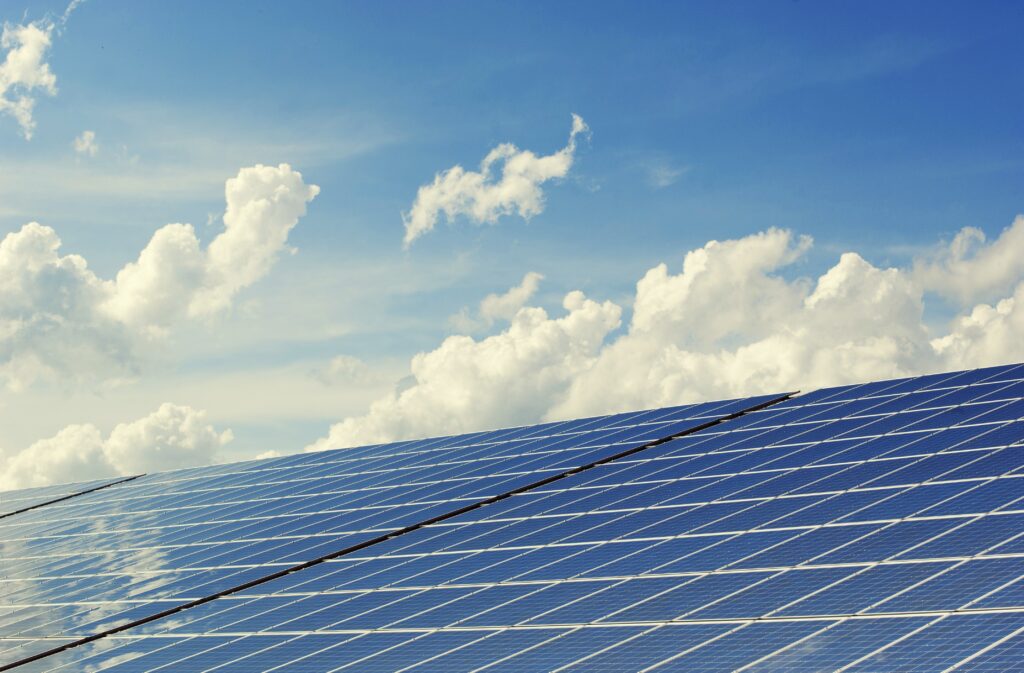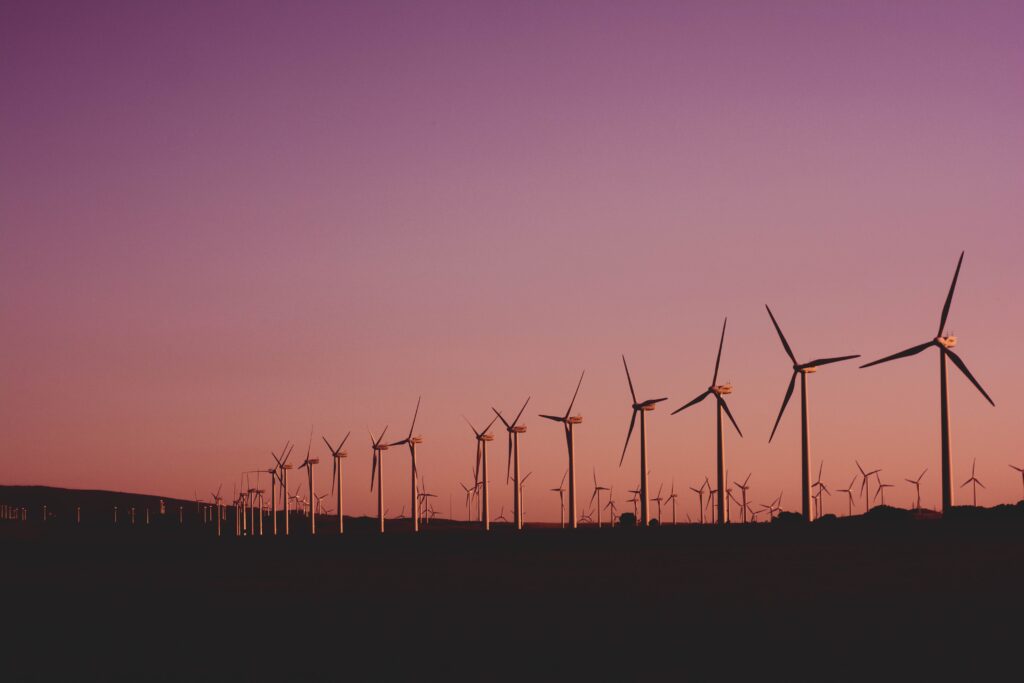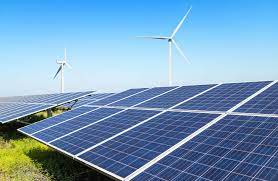Energy is a material resource in nature that can provide some form of energy for human beings. Energy is the material basis of human activities. The development of human society is inseparable from the emergence of high-quality energy and the use of advanced energy technologies. Nowadays, the development of energy, energy and environment are issues of common concern to the whole world and all mankind. It is also an important issue for China’s economic development.
- What is energy
- Types of Energy
What is energy
Energy is a substance with energy that can be obtained directly from nature, such as coal, oil, nuclear fuel, water, wind, living organisms, etc. It is also a new substance that is reprocessed from these substances, such as coke, coal gas, liquefied gas, kerosene, gasoline, diesel, electricity, biogas, etc. Therefore, energy is a substance that can provide some form of energy, that is, a resource that can generate mechanical energy, thermal energy, light energy, electromagnetic energy, chemical energy and other energy.
“Energy Encyclopedia” wrote: “Energy is an energy carrier resource that can provide any form of energy such as light, heat, power, etc. required by human beings directly or through conversion.”
Types of Energy
There are many types of energy. After continuous development and research, more new energy sources have begun to meet human needs. According to different ways of division, energy can also be divided into different types.
Classified by Source
Energy (mainly solar) From Celestial Bodies Outside the Earth.
In addition to direct radiation, it provides the basis for the generation of wind, hydro, biomass and fossil energy. The vast majority of human energy needs come directly or indirectly from the sun. Various plants convert solar energy into chemical energy through photosynthesis and store it in the plant. Fossil fuels such as coal, oil, and natural gas are also formed by the animals and plants buried underground in ancient times after a long geological age. They are essentially solar energy fixed by ancient creatures. In addition, water energy, wind energy, wave energy and ocean current energy are also converted from solar energy.
The Energy Contained in the Earth Itself.
Energy related to the thermal energy inside the earth and the energy related to the nuclear reaction, such as nuclear energy, geothermal energy, etc. Lava from hot springs and volcanic eruptions is a manifestation of geothermal energy.
Energy produced by the interaction of the Earth and other celestial bodies.

Classified by How the Energy is Generated
Primary Energy (natural energy)
Energy that exists in nature (unprocessed and converted energy directly from nature), such as firewood, coal, oil (crude oil), natural gas, hydropower, wind energy, solar energy, geothermal energy, ocean energy, nuclear fuel, etc. Primary energy is further divided into renewable energy and non-renewable energy.
Fossil energy is a hydrocarbon or its derivatives. It is deposited from the fossils of ancient creatures and is a primary energy source. The natural resources contained in fossil energy include coal, oil and natural gas.
Secondary Energy (artificial energy)
Energy products converted from primary energy processing (energy directly or indirectly converted from primary energy), such as hydrogen energy, coke, coal washing, electricity, gas, steam, clean coal, laser, biogas and various petroleum products.
Classified by type of energy use
Conventional Energy (conventional energy)
The energy with mature technology and universal use, such as water energy, biomass energy, coal, oil, natural gas, etc. It accounts for more than 90% of the total energy production and consumption.
New Energy (unconventional energy, alternative energy)
Energy has recently been used by humans or has been used in the past and is now used in new ways. Including solar energy, wind energy, geothermal energy, ocean energy, biomass energy, hydrogen energy and nuclear fuel for nuclear power generation. The energy density of new energy is low, the grade is low, and it is intermittent. Therefore, according to the existing technical conditions, the economy of utilization is still poor. New energy is still in the research and development stage, and can only be developed and utilized according to local conditions. Most of the new energy is renewable energy, which is rich in resources and widely distributed. So it is one of the main energy sources in the future.
| Categories | Conventional energy | New energy | |
| Primary energy | Renewable energy | hydraulic energy, Biomass | solar energy, Ocean Energy, wind energy, geothermal |
| Non-renewable energy | Coal, oil, natural gas, oil shale, tar sands, nuclear fission fuel | fusion energy | |
| Secondary energy | coal products, Petroleum products, Fermented, alcohol, biogas, Hydrogen Power, laser, plasma | ||
Classified by Nature of Energy
There are fuel energy sources (coal, oil, natural gas, peat, wood) and non-fuel energy sources (hydro, wind, geothermal, ocean energy). The current consumption of fossil fuels is high, and there are limited reserves of these fuels on Earth. In the future, uranium and thorium will provide most of the energy the world needs. Once the technical problems of controlling nuclear fusion are solved, humanity will have virtually endless energy.

Classified by Whether it Can Cause pollution
Polluting Energy (non-clean energy)
Energy sources pollute the environment, including coal, oil, etc.
Clean Energy
Energy sources do not pollute the environment or have little pollution include hydropower, electricity, solar energy, wind energy, and nuclear energy.
Classified by the Morphological Characteristics
The energy types recommended by the World Energy Council are: solid fuels, liquid fuels, gaseous fuels, hydropower, electricity, solar energy, biomass, wind, nuclear, marine and geothermal energy.
Among them, the first three types are collectively referred to as fossil fuels or fossil energy.
Commodity Energy and Non-commodity Energy
All products sold as commodities in the energy market, such as coal, oil, natural gas and electricity, are commodity energy. International statistics are limited to commodity energy.
Non-commercial energy mainly refers to firewood and crop residues (straw, etc.). In 1975, the world’s non-commercial energy was about 0.6 terawatt/year, equivalent to 600 million tons of standard coal. It is estimated that China’s non-commercial energy in 1979 was about 290 million tons of standard coal.
Classified by Nature of Energy Use
Body Energy
Material energy that can provide energy. It can be stored and transported, such as coal, oil, etc.
Process Energy
A form of movement of matter that can provide energy. It cannot be preserved and is difficult to store and transport, such as solar energy, electricity.
These classification methods help us to understand energy from different angles. These categories are relative, not absolute, and there is a certain cross-relationship between them.


